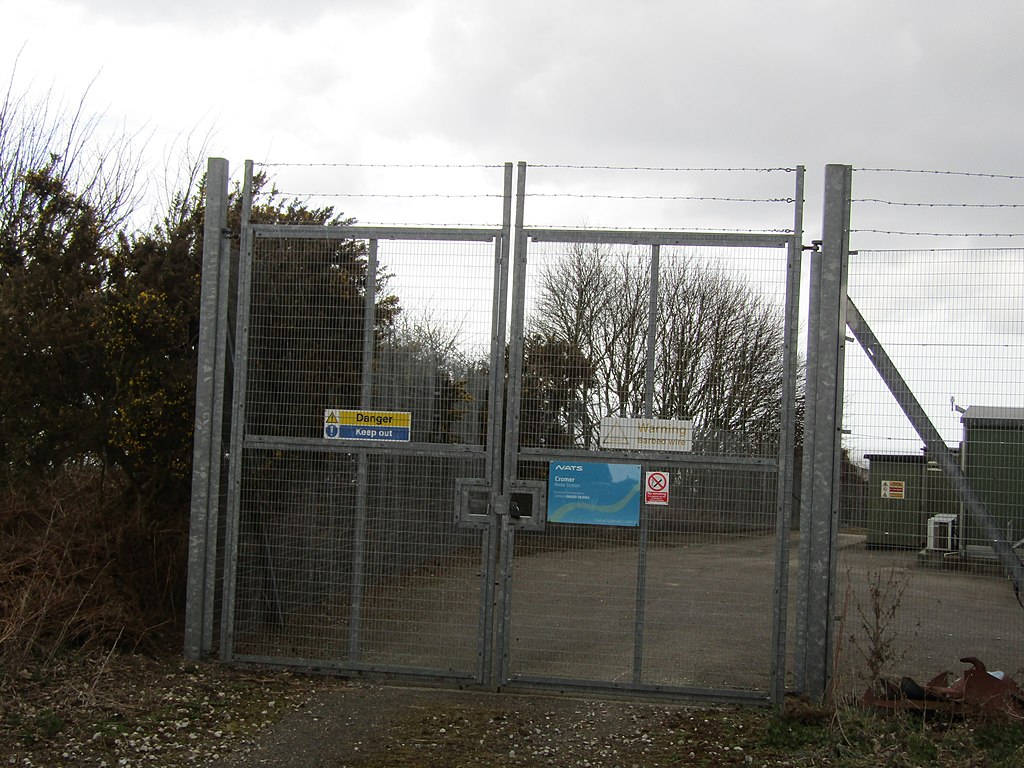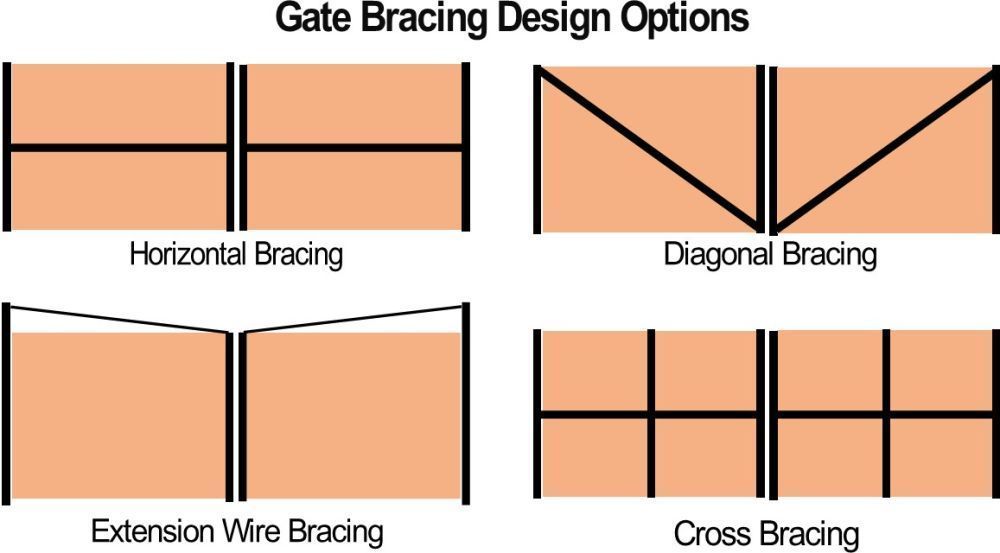
Gate Anti-Sag Braces: What You Need to Know
When you really start digging into the world of fences and gates, you start to discover just how many specification options and design choices there really are. Some are more obscure than others, and we’d say that gate anti-sag braces probably fall into that category.
Unless you’re a fence installer, architect, or engineer, you’ve probably never even thought about gate anti-sag braces. But we have. Here’s what you need to know.
What Is a Gate Anti-Sag Brace?
One great thing about the fence and gate world is that very often, the components and materials that are used are named very literally, and gate anti-sag braces are definitely one of those things.
The name tells you what they do. Gate anti-sag braces are designed to stop gates from sagging in the middle, which they tend to do if they’re larger, wider, and heavier. Their primary job is to transfer some of the weight or force that is acting on the center of the gate to the part of the gate frame that’s closest to the post, where it’s least likely to sag.
You don’t have to know any more than that except to say that it has to do with bending moments and applied mechanics!
What Kind of Gate Anti Sag Braces Do You Get?
Like everything in the fence and gate world, there are plenty of options for gate anti-sag braces. Here are a few of the options.
Rigid, Separate Gate Anti Sag BracesThe first option you have for bracing your gate is to use a rigid anti-sag brace. This could be something like a truss rod or even a thick wire with turnbuckles, but there are also commercially available gate anti-sag braces that you can bolt or screw in place. They do come in various sizes, thicknesses and so on, so you should take some time to make sure you’re getting the right one for your gate. |
|
wire anti sag gate BracesAnother popular after-market gate anti-sag brace options is a wire or cable that you can attach to your gate corners to help keep your gate square and plumb when it’s hanging and in operation. Like rigid anti-sag gate braces, these are available in a variety of lengths, thicknesses, materials and so on, so be sure to check that you’re getting one that is appropriate for the size, width, style, and weight of your gate. |
|
Built In Gate Anti Sag BracingThe last type of gate anti-sag bracing we’re going to discuss here is the built-in option, where your gate manufacturer adds the bracing while you are having your gate made. Of course, this is the strongest option for gate anti-sag bracing, so if you can purchase a gate that already has bracing built in, it’s definitely a good choice. |
|
Do All Gates Need Gate Anti-Sag Bracing?
You might be wondering if every gate needs to have anti-sag bracing, and the answer is no.
If you have a small, narrow, lightweight gate, you don’t need anything other than the gate frame to keep things square and swinging properly.
Common Gate Anti-Sag Bracing Designs
If you’re building larger gates and you plan to have built-in anti-sag bracing, there are several options you could consider, such as:
- Horizontal bracing, which is just one horizontal member across each gate leaf
- Diagonal bracing, which is a brace from the top outside corner of a gate leaf to the bottom inside corner of the gate leaf
- Extension wire bracing, which is when the gate frame outer verticals or even the gate posts extend above the gate, and there’s a wire stay or brace between that component and the center vertical of the gate
- Cross bracing, which is when you have a vertical and a horizontal brace on each gate leaf

Other types of gates, like farm gates, might have other types of bracing, including W-style gate bracing and simple vertical braces, depending on the design and style of the gate.
Can You Retrofit a Gate with Anti Sag Bracing?
While you can retrofit a gate with an anti-sag brace, it’s not really an ideal situation.
Sometimes, when your gate has been subjected to a lot of force because of weight and other factors, and depending on the material it’s made of and how it’s installed, it could suffer some damage. Frames can bend, posts can bend, and in very extreme cases, post bases or base plates might pull loose.
However, while you should certainly consider what kind of gate bracing you need for your gate before you install it, if you do experience some sagging after it’s installed, the sooner you do install some kind of anti-sag bracing, the better.
In some cases, you might even want to add a gate wheel to your gate bracing equipment.
Find the Right Gate Company
As with everything in the fence and gate world, the results you get from your fence and gates is directly linked to where you get your fence materials and who installs them for you.
Always choose the best possible fence and gate materials that are appropriate for your project. Don’t cut corners and choose lighter materials than recommended just because they are cheaper. You will almost certainly have to do remedial work after.
Also look for a gate company that does the kind of gates you want – and that goes for material as well as style and size. You don’t want to use a residential fence and gate company to install large commercial or high-security gates because they don’t have the experience.


